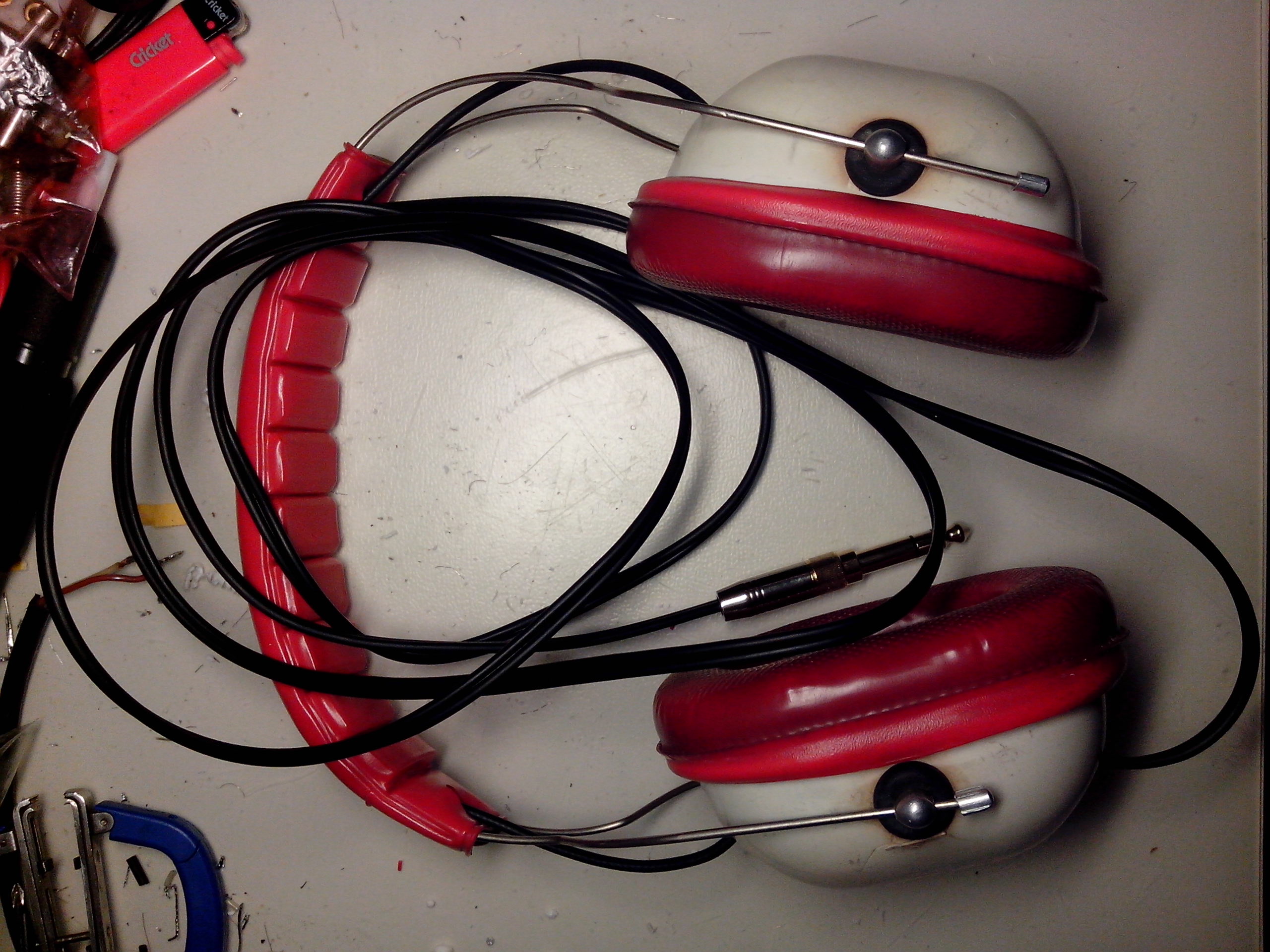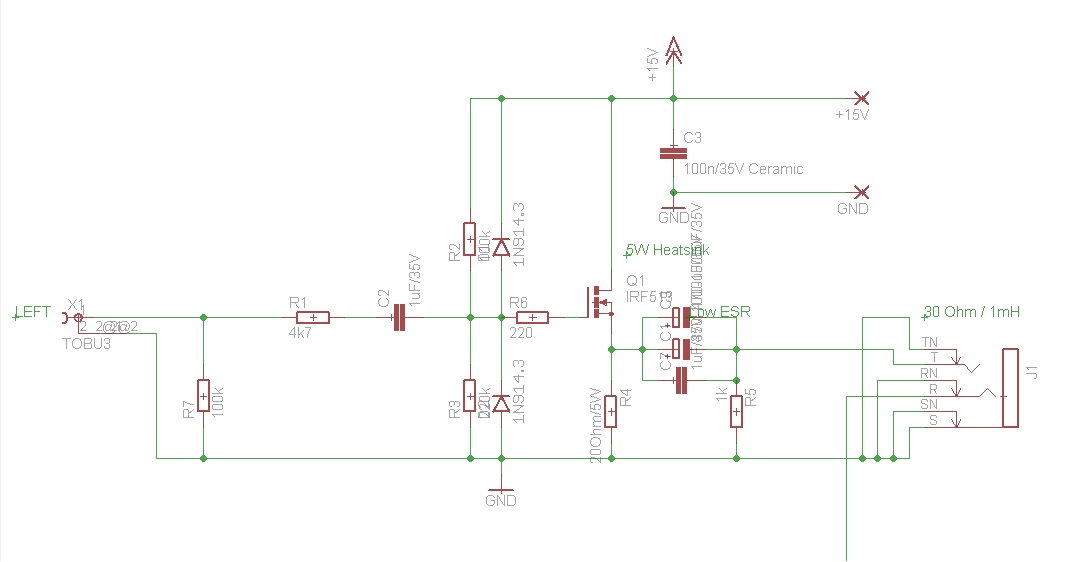While straying around my favorite on-line auction site, I came across something advertised as headphones. I was in desperate need of monitoring headphones for my studio, so a cheap vintage looking headphones was my choice.
I usually don’t buy unknown stuff, but this seemed a good vintage quality.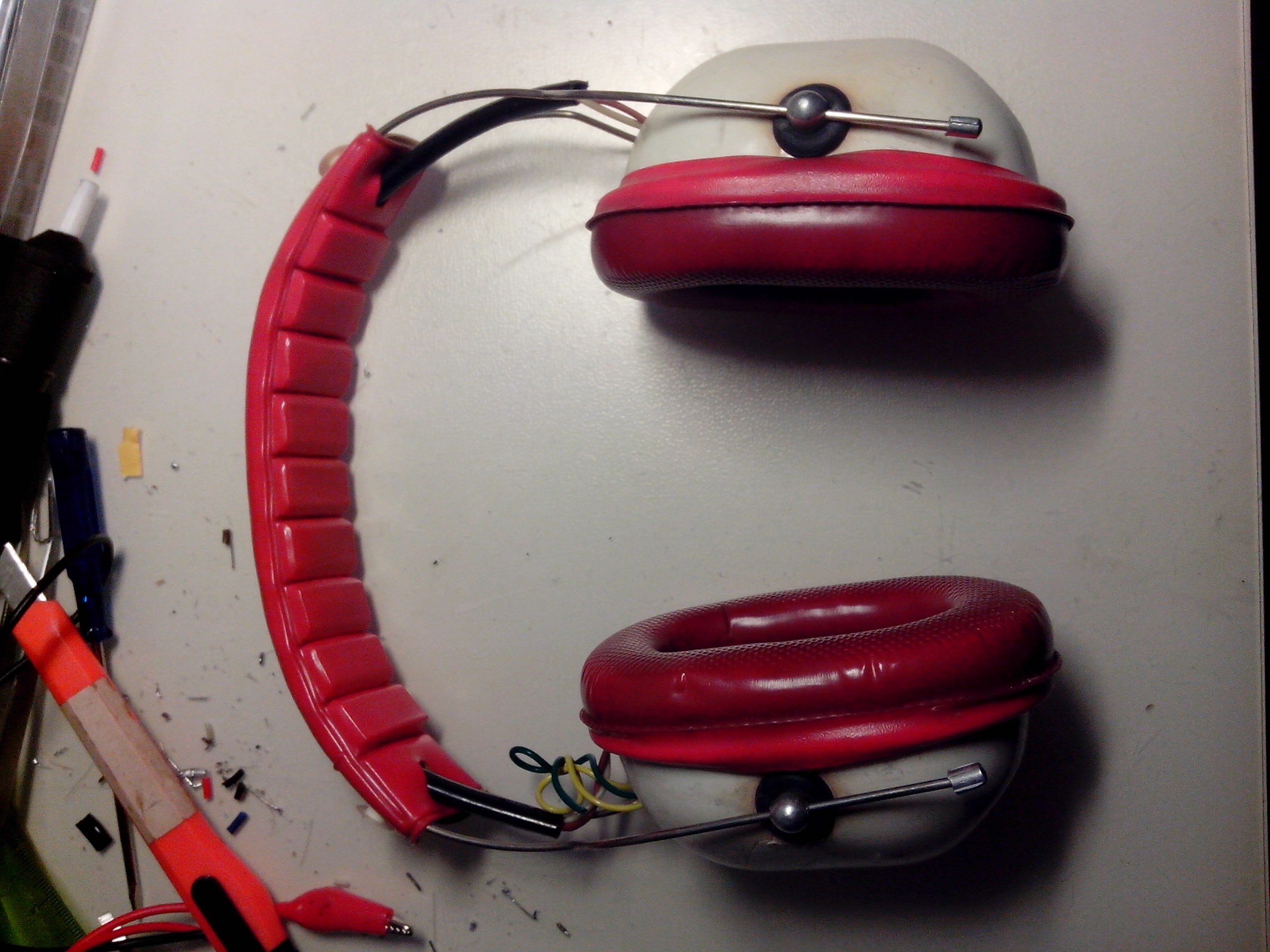
Well to my surprise a pair of DIYed communist ear muffs turned headphones arrived. I was thrilled! I wanted to do this kind of mod for a long time, but never got around to it, and most importantly I love and appreciate DIY electronics, especially old ones from the regime gone by, when it was hard to obtain even the basic parts for building something.
So the first dissection showed a polystyrene fill and most importantly, what has been used for the audio transducer… an old Tesla ARZ 084. It’s a AlNiCo, 84dB 0.25W, 75 Ω, “wide range” (350-4500) speaker. Used in old small germanium transistor radios etc.
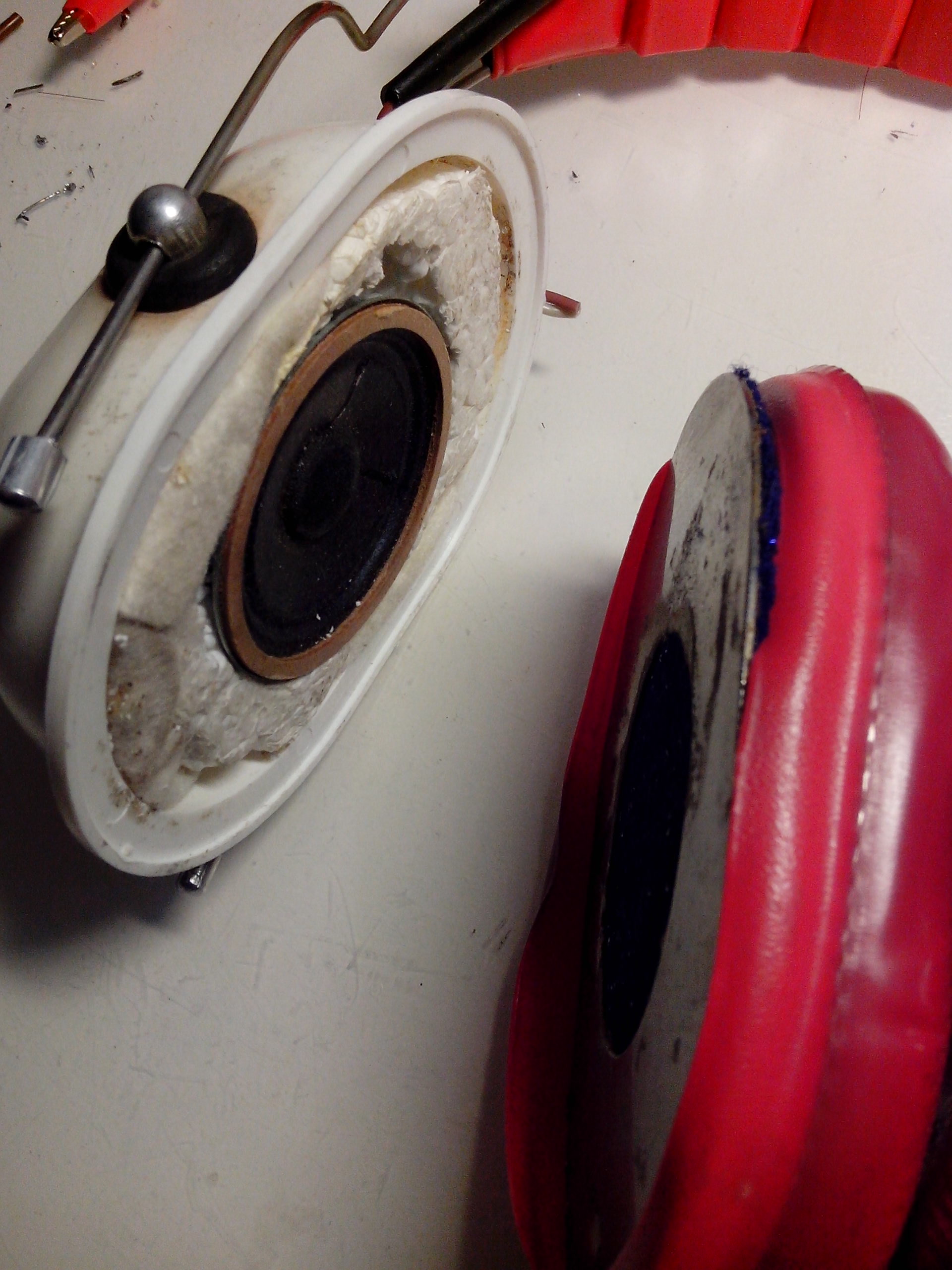
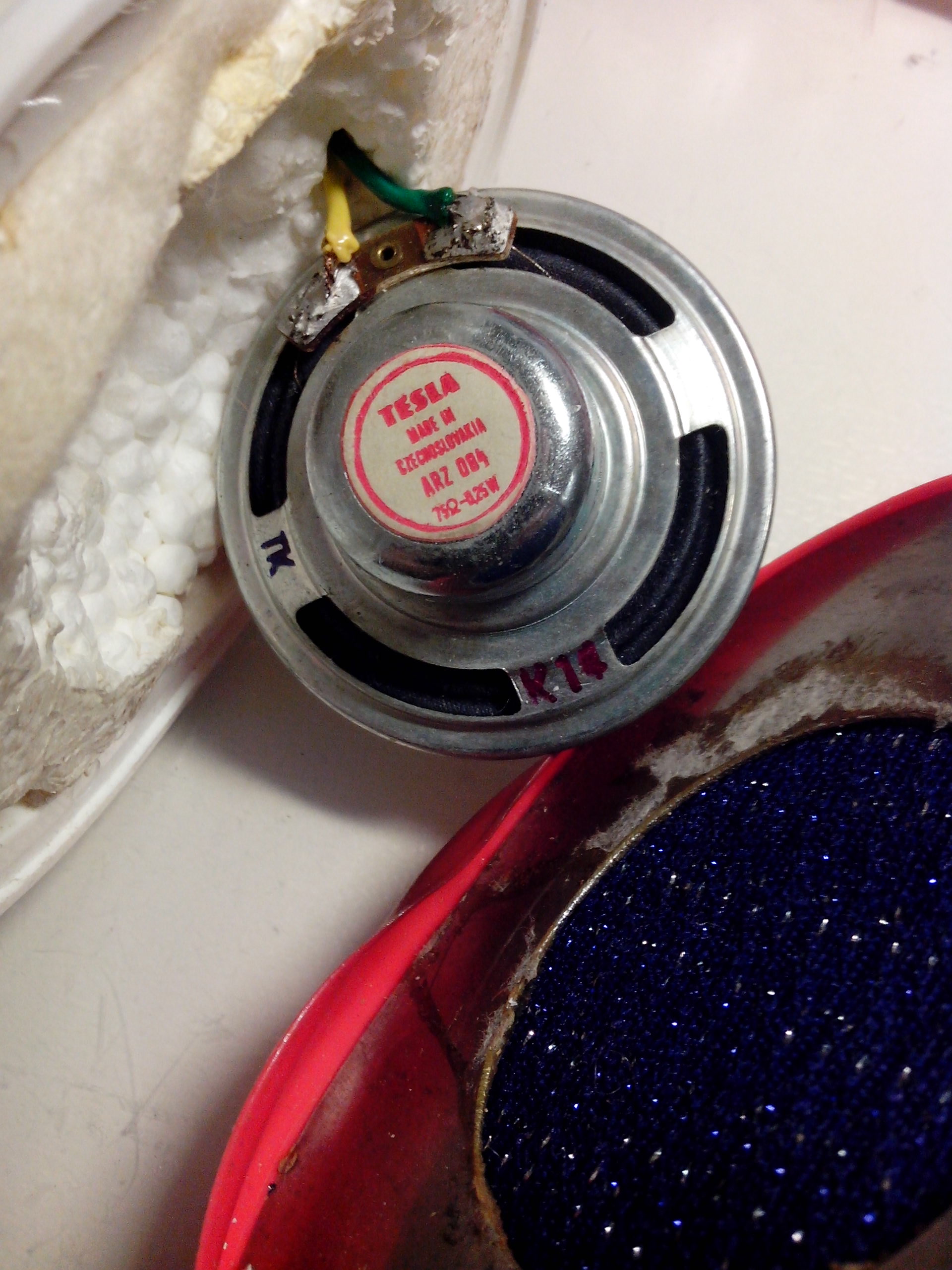
I couldn’t be happier! I chopped the old horrible wires with a DIN-5 connector and startedrefurbishing. I just couldn’t wait how the headphones will sound…
First I opened the headphones and desoldered the speakers.
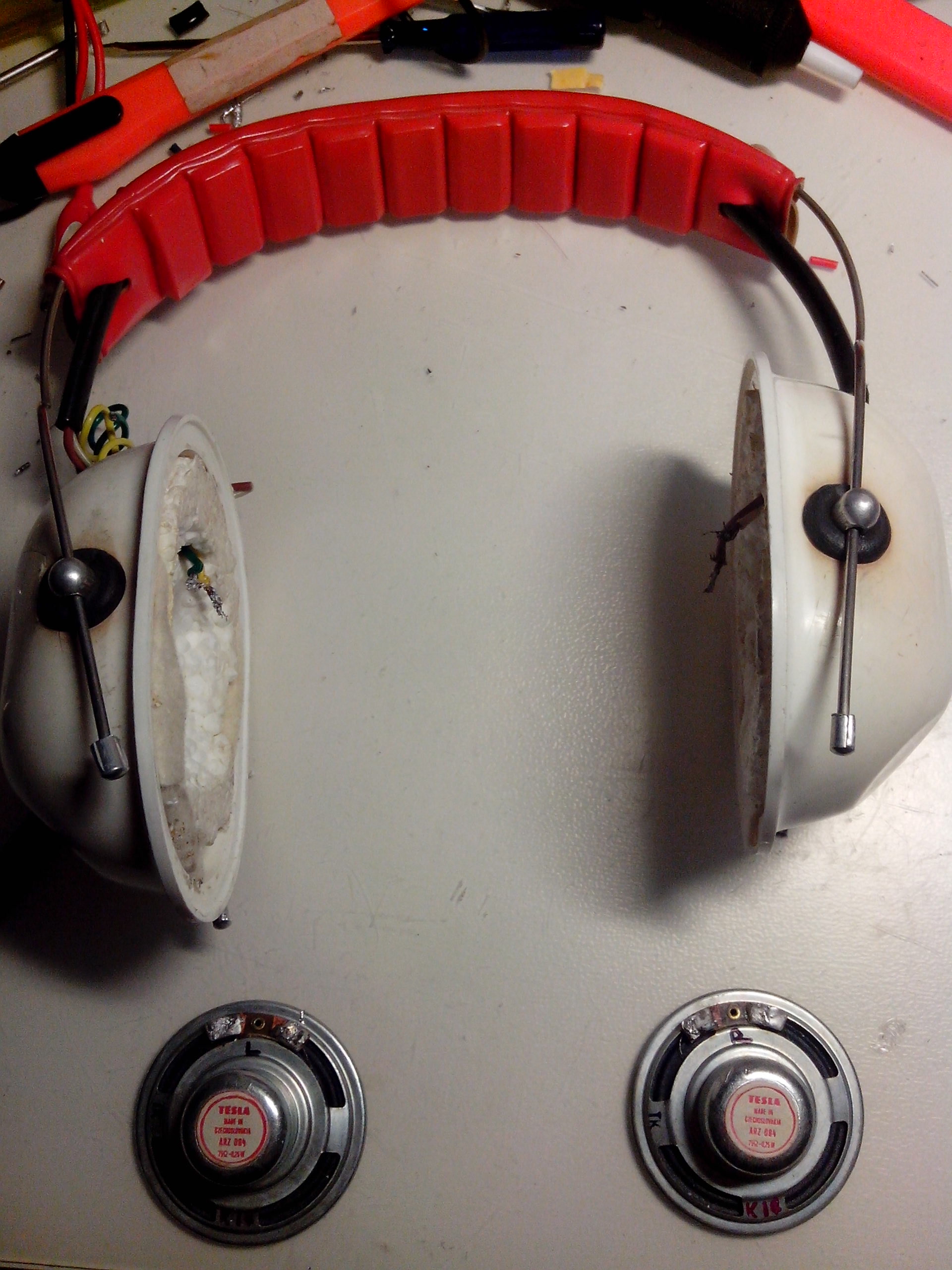
Drilled bigger holes for the rubber reducers for the audio cables. The plastic was cracked around the mounting point…

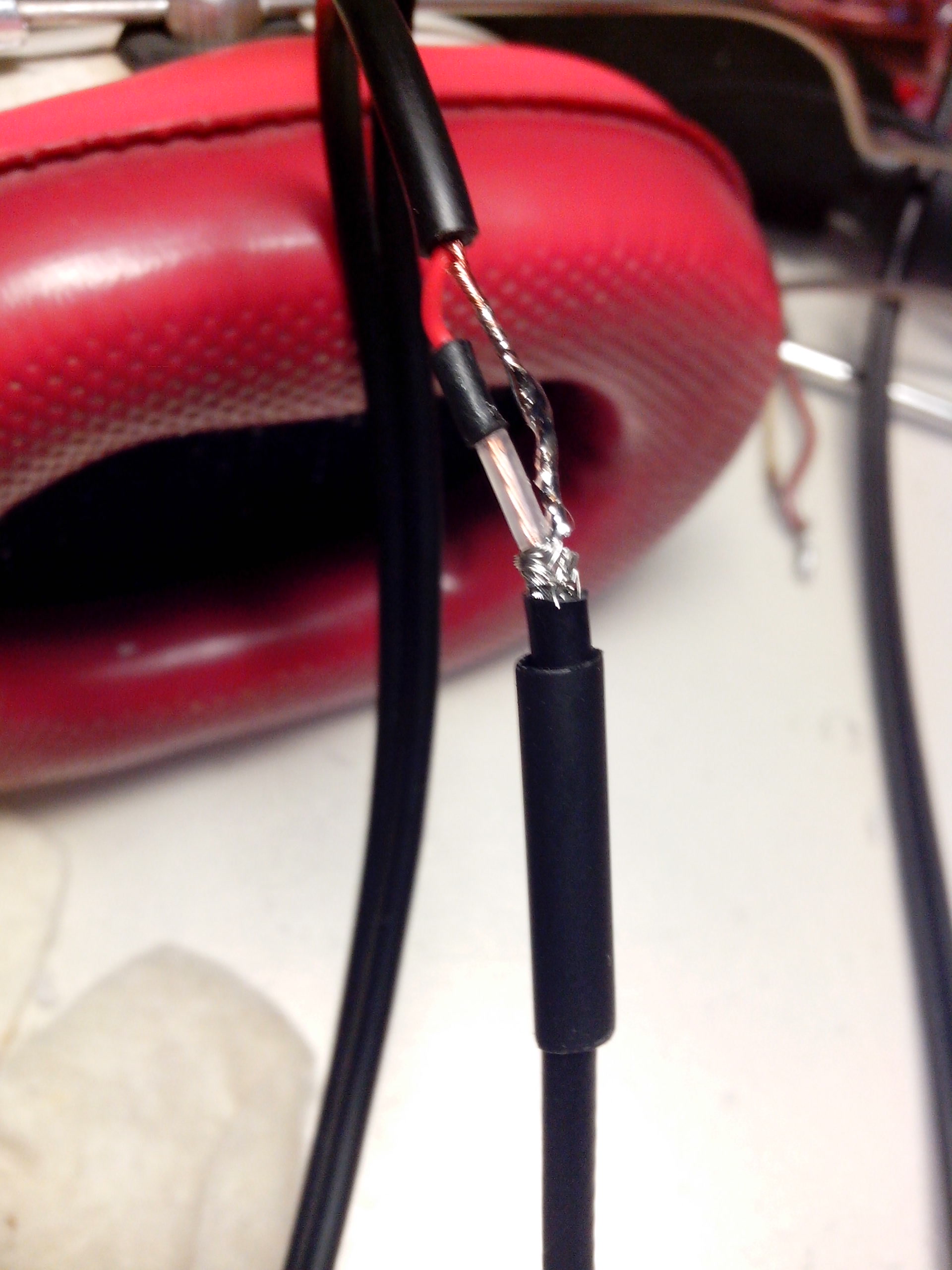
For connecting the two phones I used a small 50 Ohm, very flexible and sturdy coax. I used it in one of my audio amplifiers as well and it proved to be suitable. It is half the price of the standard shielded cable, and after a discussion with my colleges who do HF measurements about the suitability for audio, which they approved and I will continue to use it.
For the rest of the cable connecting headphones to the jack I used a standard 2 meter, shielded stereo cable.
I was pleased with the way everything fallen in place.
For the jack connector I decided on the one I just ordered from china to try out. I must say it is high quality, there is a little problem when you try to unscrew the 6.3 mm jack, you unscrew the whole connector. This can be fixed with a drop of glue or by wear out over time.
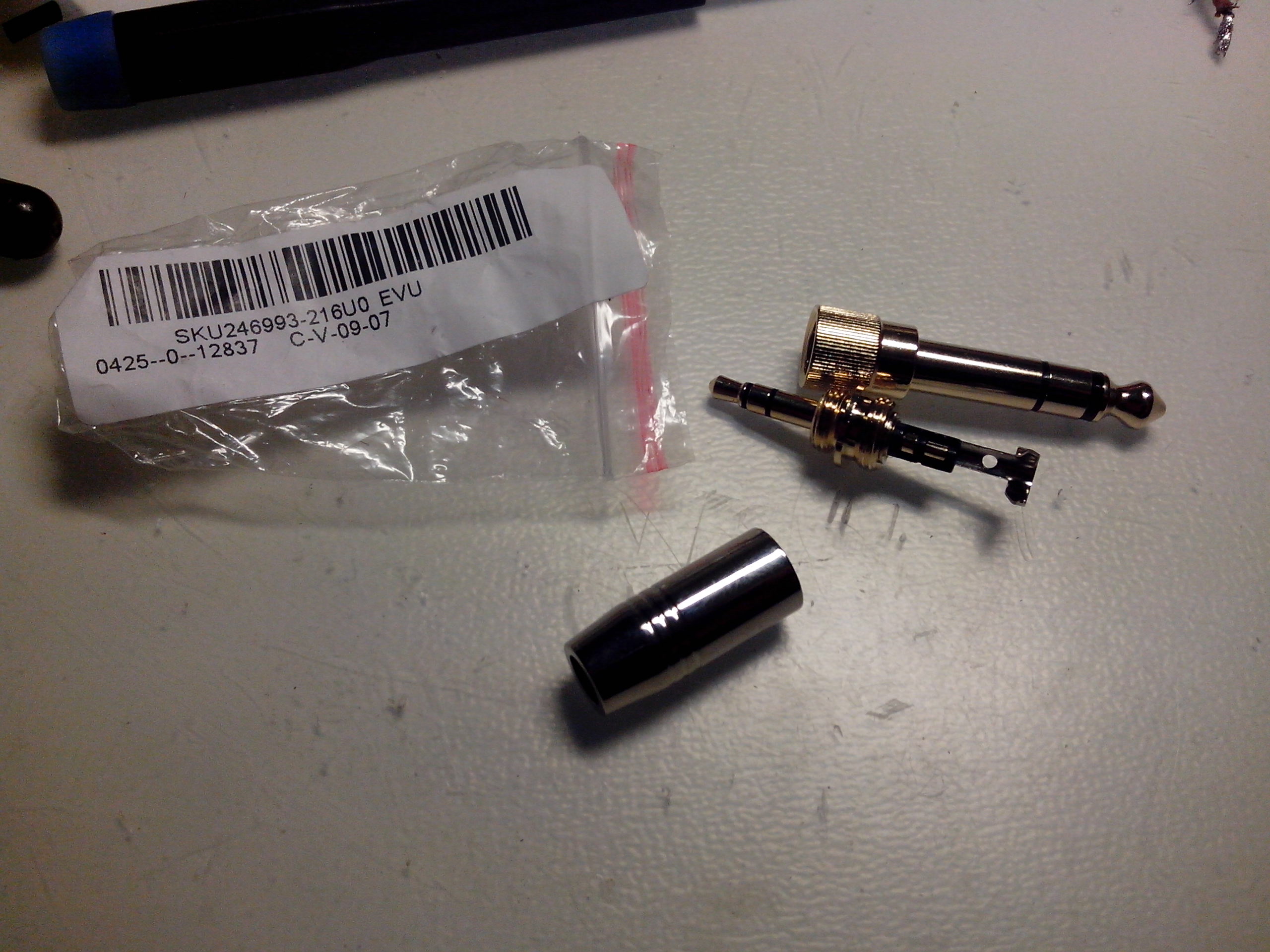
Everything has finally fallen into place. Now to try it out…
I chose Jack White’s Blunderbuss.
Ok, first few seconds quite good, a little too silent when at MAX volume due to speaker impedance I guess…and now the BASS part…
Oh.
What did I expect anyway…No bass in sight. But I am not sad, I will probably upgrade the in the future with something like this.
Anyway, this has been a fun project.
R.
